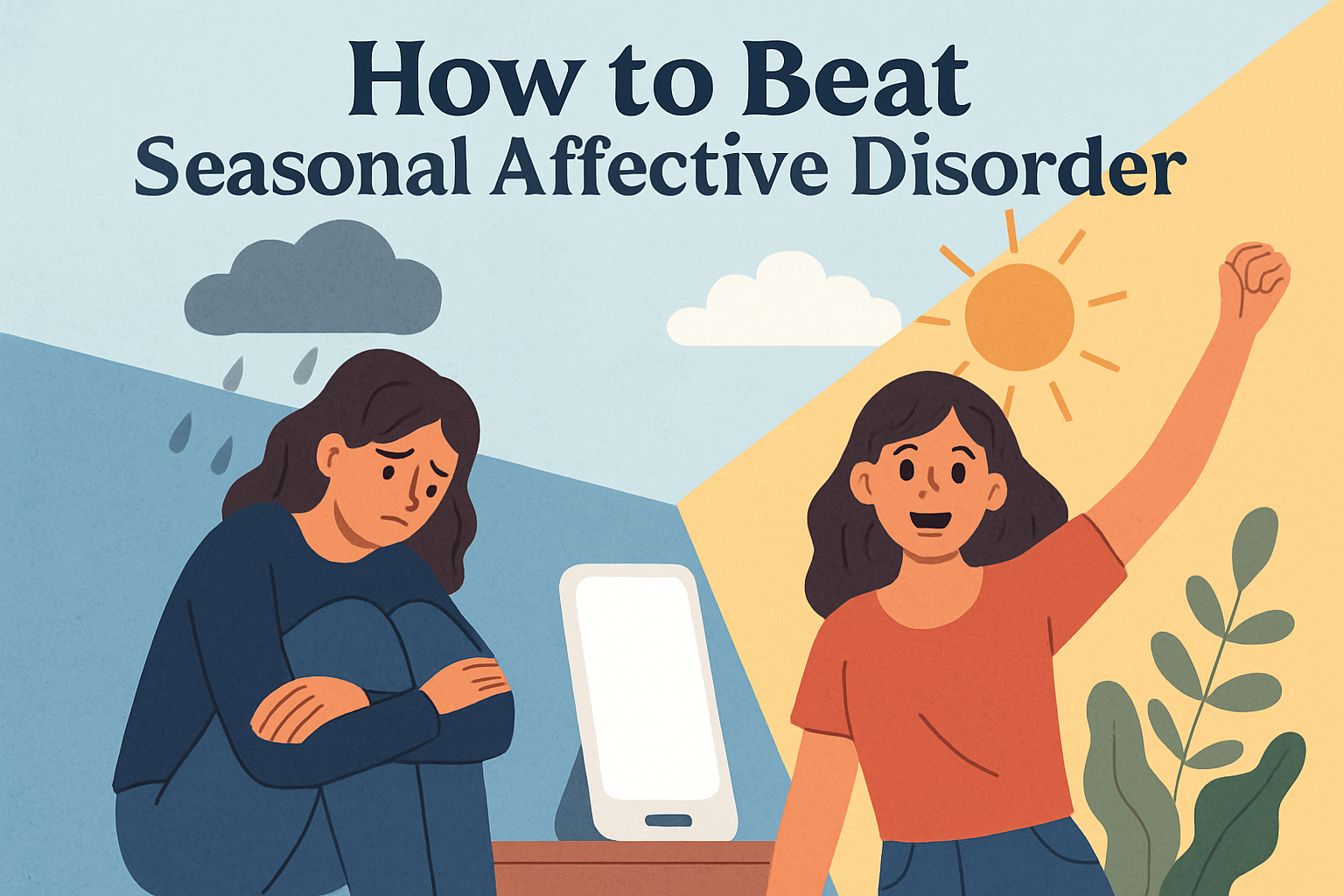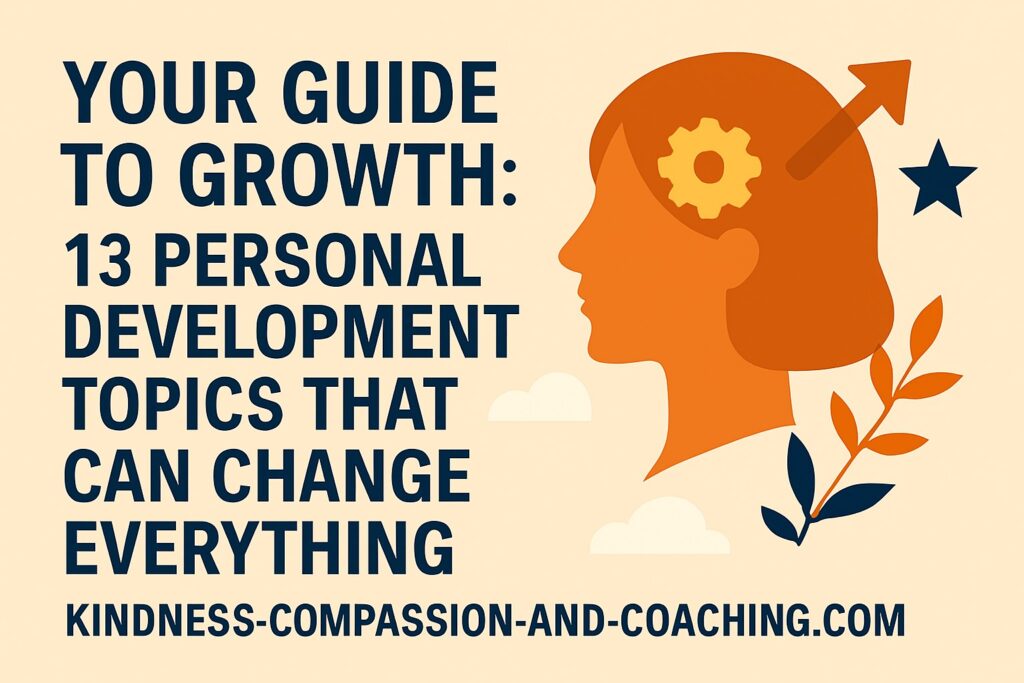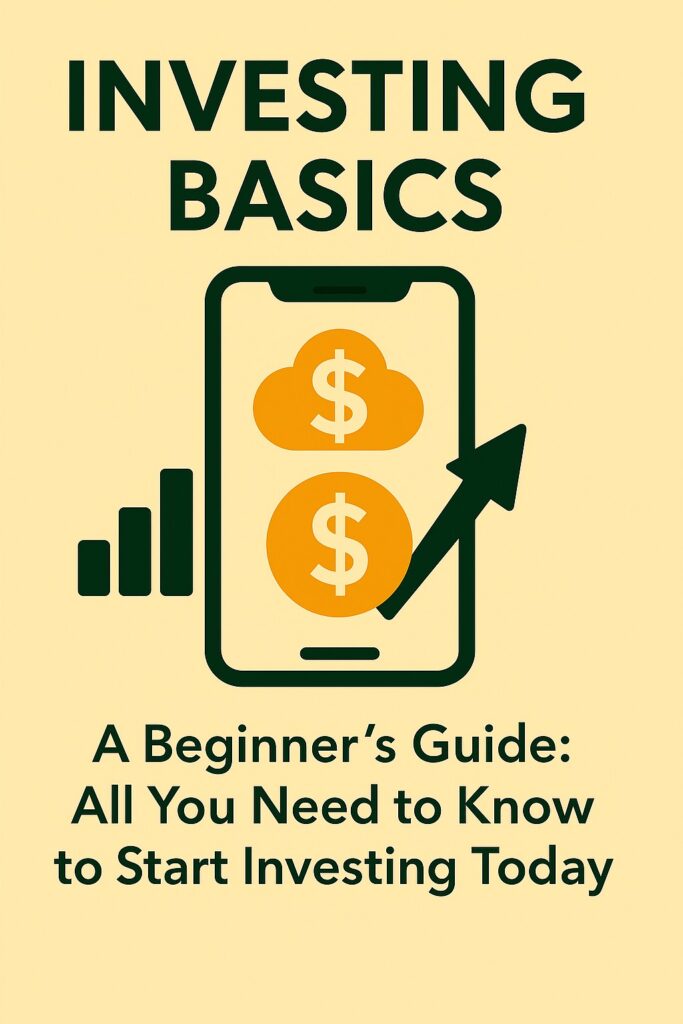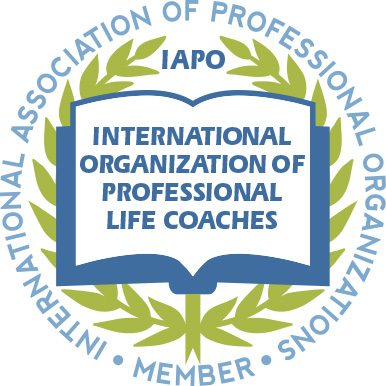As the demands of work, relationships, parenting, care-giving, and everyday responsibilities increase, stress levels can rise. It can be easy to experience the unhealthy results of too much stress. Cue Fitbit. It is our trusty companion that tracks our steps and heart rate, but it also has another often-overlooked feature. It offers a glimpse into our actual stress levels. But what actually is a “good” Fitbit stress management score?
Today, we discuss just that. We also explore how to reduce stress, and how to improve your score.
Table of Contents
- What's a Good Fitbit Stress Management Score?
- Understanding Fitbit Stress Management Scores
- What's a Good Fitbit Stress Management Score for YOU?
- Track Your Stress Management Score to Improve Your Health
- How to Improve Your Fitbit Stress Management Score
- Key Takeaways About Your Fitbit Stress Management Score
- General Stress Management Techniques and Tips
- Frequently Asked Questions: Understanding Your Fitbit Stress Management Score
- What's a Good Fitbit Stress Management Score?
Stress is Everywhere
Stress can negatively impact our mental and physical health. It can even affect our productivity and quality of life. Stress awareness is an important practice, as it involves seeking deeper understanding of the causes and symptoms of stress.
It’s helpful to have tools to help us learn more and stay on top of our stress levels, too. Especially when the tools are useful and easy to understand. In fact, many of us rely on our Fitbit to track many of our basic health performance metrics.
And for the most part, it’s easy to use a Fitbit and understand it’s data. But one area where Fitbit could stand to improve is in how it reflects the Fitbit stress management score.
What’s a Good Fitbit Stress Management Score?
A good Fitbit stress management score isn’t just a number. It reflects how effectively we’re coping with the inevitable challenges and pressures life throws our way. It can help guide us towards a state of equilibrium, where stress becomes a manageable issue that we can navigate with grace. Unfortunately, defining a benchmark for what a “good” Fitbit stress management score isn’t straightforward.

Understanding Fitbit Stress Management Scores
Fitbit utilizes heart rate variability (HRV) to measure stress levels. HRV is the variation in time between heartbeats and is an essential indicator of overall health.
Fitbit calculates HRV using data from the device’s heart rate monitor. It also uses other sensors. The data is presented as a score from 1 to 100. A higher score indicates lower stress levels, while a lower score indicates higher stress levels.
What’s a Good Fitbit Stress Management Score for YOU?
Your stress management score on Fitbit is a highly personalized metric. It is tailored to your unique physiology, lifestyle, and baseline stress levels. Factors such as age and fitness level can influence your stress management score. Sleep quality and the nature of your daily activities also have an effect.
It’s key to interpret this data in the context of your circumstances and well-being goals. For some, a score within a specific range might signify optimal stress management. For others, the same score could show room for improvement.
In general, however, a rule of thumb is that a score of 70 or higher suggests low stress levels. A score of 30 or lower indicates high stress levels.
Track Your Stress Management Score to Improve Your Health
Knowing your score alone is not really helpful though. Instead of fixating on achieving a specific number, try a different approach. Focus on the trends and patterns reflected in your stress management score over time. Are you noticing a gradual decline in your stress levels after incorporating mindfulness practices or exercise into your routine?
Or perhaps you’re experiencing spikes in stress. These may occur during specific times of the day or week. This signals the need for targeted interventions. Tracking your stress management score can give you insight into what strategies work best to help you manage stress.
If you need more help interpreting your results, you can also refer to Fitbit User Guides.
How to Improve Your Fitbit Stress Management Score
If your Fitbit stress score is lower than you’d like, consider these lifestyle practices and self-care strategies that can help lower your stress levels:
Mindfulness and relaxation techniques, like deep breathing exercises, meditation, or guided imagery. Eating a balanced and nutritious diet. Staying hydrated. Drinking less coffee and alcohol. All these strategies support your body’s ability to manage stress. Be mindful of your stress triggers, set boundaries, and seek social support when needed.
Not crazy about Fitbit? There are plenty of alternatives.
Key Takeaways About Your Fitbit Stress Management Score
A good Fitbit score for stress management varies from person to person. But a score of 70 or higher is generally considered ideal. Tracking your Fitbit score for stress is a useful habit. It can help you manage stress levels in your daily life by allowing you to measure the impact of lifestyle changes.
If your score is lower than you’d like, there are many things you can do to improve it. These include practicing mindfulness, exercising regularly, getting enough sleep, and avoiding caffeine and alcohol. By taking steps to reduce your stress level, you can improve your overall health as well.
General Stress Management Techniques and Tips
A key step to managing stress is to discover its sources. These sources may include work, relationships, finances, health, and more.
Once you have identified the sources of your stress, it’s important to develop a stress management plan. An effective plan may include exercise or meditation.
It could involve deep breathing. You might also spend time with loved ones or do anything that helps you relax.

Self-care is an important aspect of stress management, too. Consider taking a relaxing bath, reading a book, or simply spending time alone. The key is to find self-care treats that make you feel relaxed and recharged.
To hit the easy button to get therapist-approved, unique, comforting, self-care treats monthly at a deep discount, check out Therabox. Click our link below to be sure to get our affiliate rates.
Setting boundaries is another important part of stress management. This can mean saying no to commitments that you don’t have time for. Delegating tasks to others. Or simply taking a break when you need it. The key is to focus on your own well-being and not overcommit yourself.
If you are struggling to manage your stress on your own, it may be helpful to seek professional help. Consider seeing a therapist or counselor or join a support group.
You may also wish to find a stress reduction workbook to help you or talk to your doctor about medication options.
Beyond Your Fitbit Stress Management Score
By viewing your Stress Management Score as a guide rather than a verdict, you can fine-tune habits that build resilience and nurture long-term well-being.
- Compare your Stress Management Score with related metrics like EDA responses (Sense & Charge 5/6) to pinpoint stress triggers.
- Link score dips to specific events (work deadlines, travel, late nights) and test targeted interventions.
- Use Fitbit Premium’s deep-dive analytics or third-party tools to correlate your score with nutrition, hydration, and mood logs.
Frequently Asked Questions: Understanding Your Fitbit Stress Management Score
What is a Fitbit Stress Management Score?
Your Fitbit Stress Management Score is a metric that measures how your body responds to stress. It takes into account your heart rate, sleep patterns, and activity levels. It calculates an overall score that reflects your body’s response to stress.
How is the Stress Management Score calculated?
Fitbit uses various data points such as heart rate variability, activity levels, and sleep patterns to calculate your score. The score ranges from 0-100.
What is considered a good Stress Management Score on Fitbit?
Fitbit hasn’t released official cut-offs, but fitness and wellness experts often use the following guidelines:
- 81-100: Ideal. Your body shows very few signs of physical stress; you’re highly resilient.
- 61- 80: Acceptable. You’re managing stress reasonably well, though there’s room to optimize recovery and rest.
- 31- 60: Moderate stress. Consider adding relaxation practices like guided breathing or short breaks to your routine.
- 0-30: High stress. Indicates significant strain; prioritize stress-reducing activities immediately.
As a rule of thumb, consistently scoring 70 or above suggests you’re maintaining reasonable stress levels and strong stress-management habits.
Stress is a part of life, and occasional fluctuations are normal. The key is to observe patterns and trends over time to understand how your body responds to stress and what factors may be influencing it.
Can I improve my Fitbit Stress Management Score?
Yes, you can improve your Stress Management Score. Stress-reducing activities such as meditation, deep breathing exercises, physical activity, adequate sleep, and maintaining a balanced lifestyle can help. Consistent efforts to manage stress can help lower your score and promote overall well-being.
Are there any other factors that can influence my Fitbit Stress Management Score?
In addition to lifestyle choices, factors such as genetics, overall health, and environmental stressors can also impact your score. Pay attention to how these factors may be affecting your stress levels and adjust your routines accordingly.
What’s a Good Fitbit Stress Management Score?
The true measure of successful stress management lies not in the numbers themselves. It lies in the positive changes you make in response to them.
Lace up your shoes. Take a deep breath. Let your stress management score on Fitbit help you measure your progress. Aim for a healthier, more balanced life.
And … if you’re looking for one comprehensive guide to Stress Management, look no further. We’ve got you covered, there, too: How to Relieve Stress Naturally: The Best Stress-Busting Toolkit.
Thank you as always for reading.
If you haven’t yet subscribed, please enter your email address so you never miss a post.
As Amazon Associates, we may receive a small commission (at no cost to you) for items purchased through links in this post.

Joan Senio is the founder of Kindness-Compassion-and-Coaching.com. Joan’s career includes clinical healthcare plus 20+ years as an executive in a nationwide health care system and 15 years as a consultant. The common threads throughout Joan’s personal and professional life are a commitment to non-profit organizations, mental health, compassionate coaching, professional development and servant leadership. She is a certified Neuroscience Coach, member of the International Organization of Life Coaches, serves as a thought-leader for KuelLife.com and is also a regular contributor to PsychReg and Sixty and Me. You can read more about Joan here: Joan Senio.
















2 Responses
From the above “ Q: How is the Stress Management Score calculated?
A: Fitbit uses various data points such as heart rate variability, activity levels, and sleep patterns to calculate your score. The score ranges from 0-100. Lower scores indicate that your body is more relaxed, and higher scores suggest higher stress levels.”
Isn’t this backwards… low score higher stress…? Contradicts other items on the site…
You are absolutely right. Sorry we got that one wrong. We’ve updated that section with better, more recent info now. Thank you for pointing that out!